Some weird things from Python 3 that you may not know
Last Update: 2022-06-06 10:29 IST
You can find those bizarre things and more in my book Python 3 Combat Guide.
I’m not talking about the wonderful things, like how big can the Integers be, but about the bizarre things that may ruin your day.
What sums 0.1 + 0.1 + 0.1 in Python?
0.3?
Wrong answer.
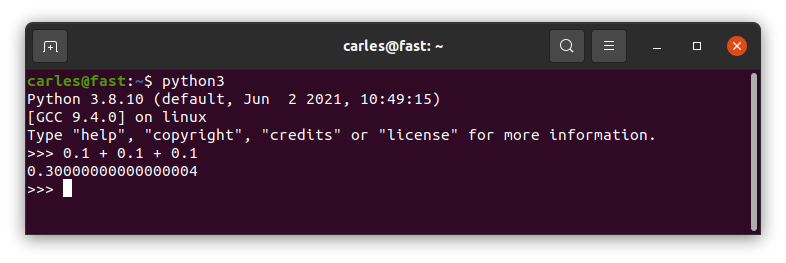

Well, to be honest the computer was wrong. They way programming languages handle the Floats tend to be less than ideal.
Floats
Maybe you know JavaScript and its famous NaN (Not a number).
You are probably sure that Python is much more exact than that…
…well, until you do a big operation with Floats, like:
10.0**304 * 10.0**50
and
It returns infinite
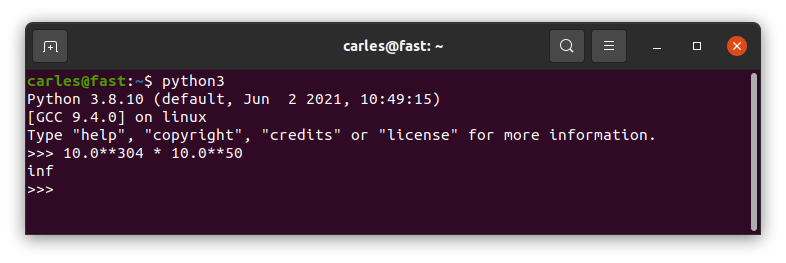
I see your infinite and I add one :)
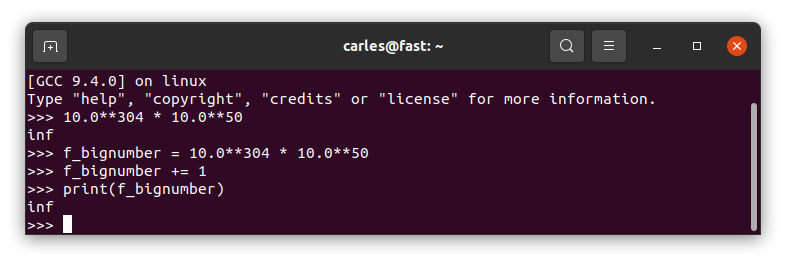
However If we try to define a number too big directly it will return OverflowError:
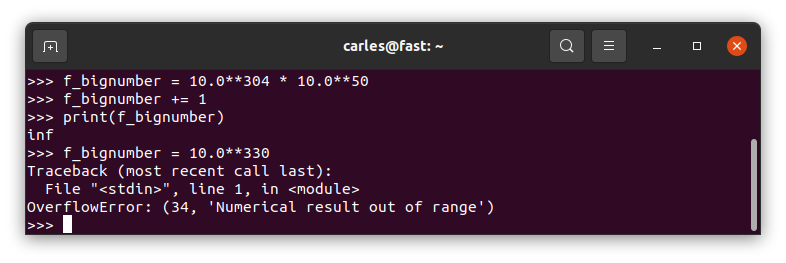

Please note Integers are handled in a much more robust cooler way:
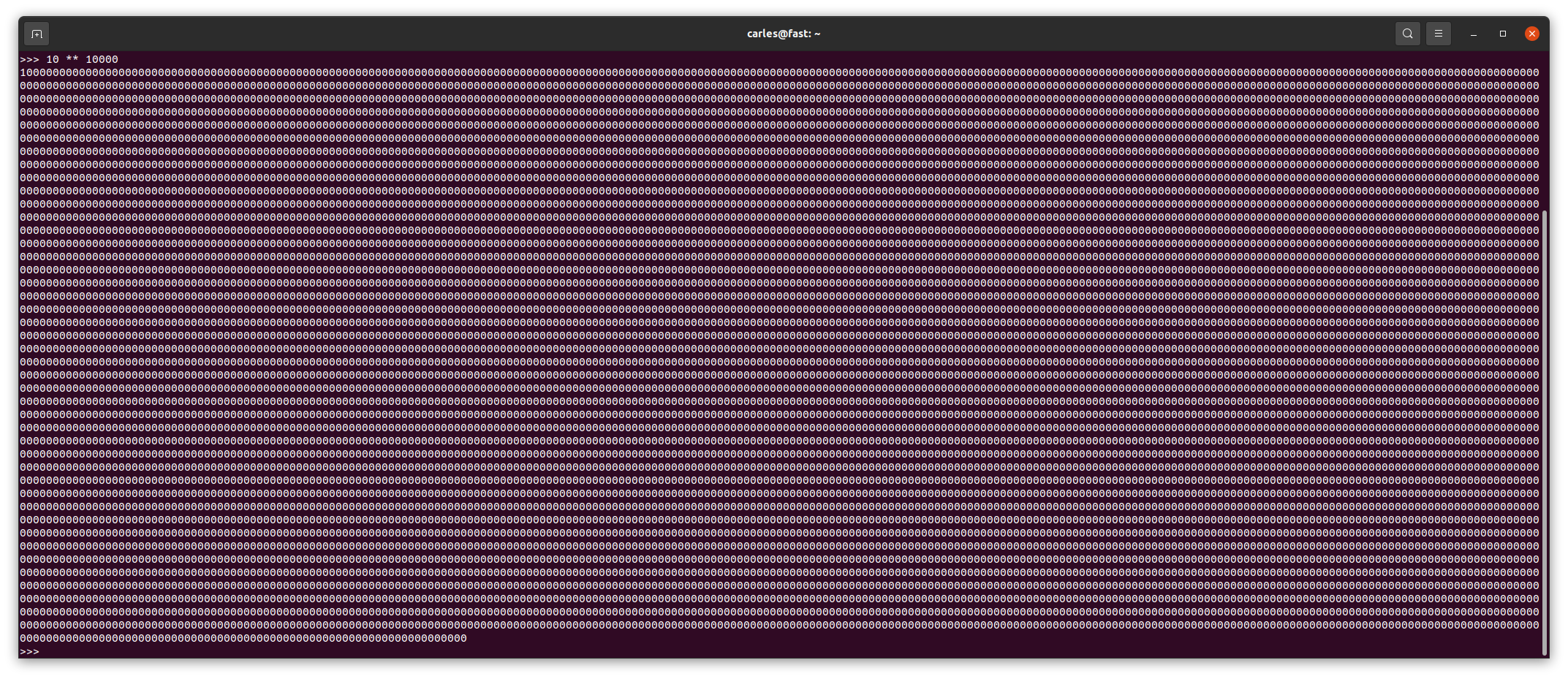
Negative floats
Ok. What happens if we define a number with a negative power, like 10 ** -300 ?
And if we go somewhere a bit more far? Like 10 ** -329
It returns 0.0
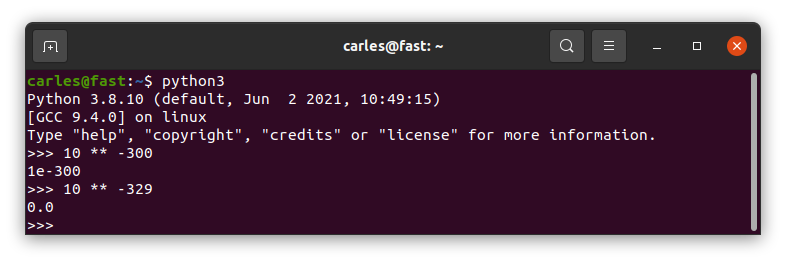

I mention in my books why is better to work with Integers, and in fact most of the eCommerces, banks and APIs work with Integers. For example, if the amount in USD 10.00 they send multiplied by 100, so they will send 1000. All the actor know that they have to divide by 2.
Breaking the language innocently
I mentioned always that I use the MT Notation, the prefix notation I invented, inspired by the Hungarian Notation and by an amazing C++ programmer I worked with in Volkswagen and in la caixa (now caixabank), that passed away many years ago.
Well, that system of prefixes will name a variable with a prefix for its type.
It’s very useful and also prevents the next weird thing from Python.
Imagine a Junior wants to print a String and they put in a variable. And unfortunately they call this variable print. Well…
print = "Hello World!"
print("That will hurt")Observe the output of this and try not to scream:
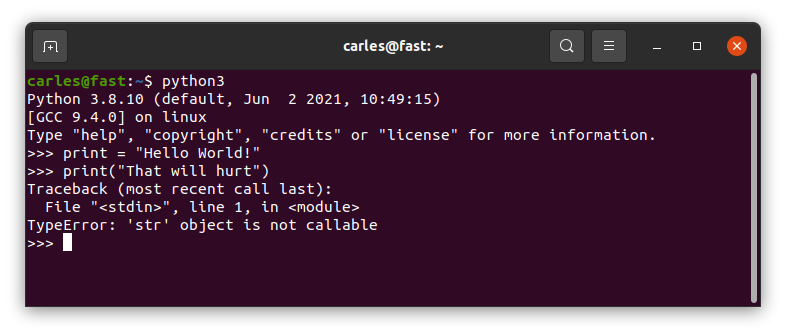
Variables and Functions named equally
Well, most of languages are able to differentiate a function, with its parenthesis, from a variable.
The way Python does it hurts my coder heart:
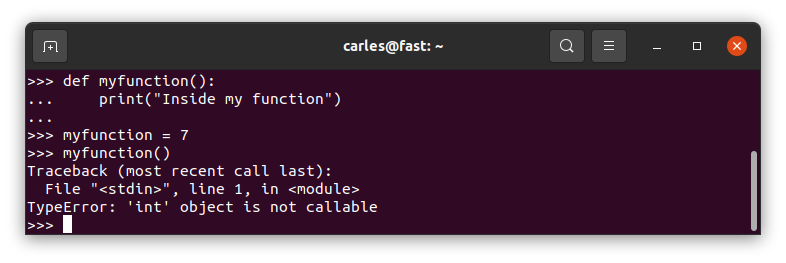

Another good reason to use MT Notation for the variables, and for taking seriously doing Unit Testing and giving a chance to using getters and setters and class Constructor for implementing limits and sanitation.
Nested Loops
This will work in Python, it doesn’t work in other languages (but please never do it).
for i in range(3):
print("First Loop", i)
for i in range(4):
print("Second Loop", i)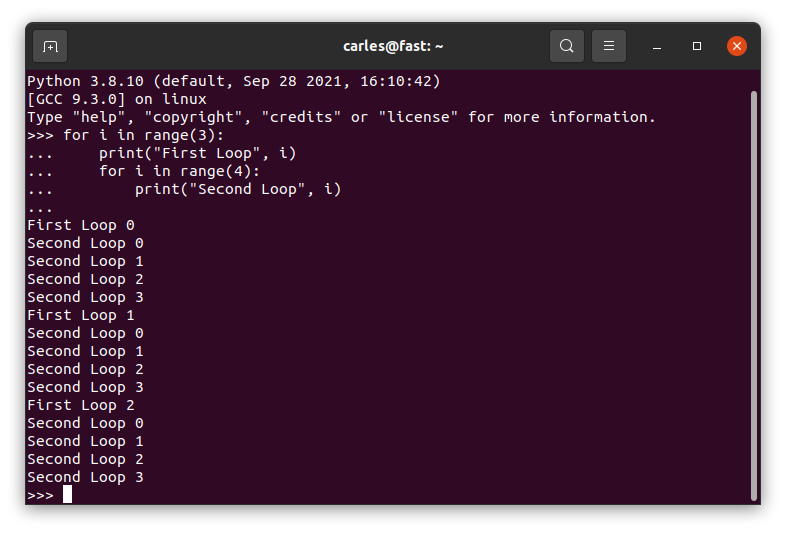
The code will not crash by overwriting i used in the first loop, but the new i will mask the first variable.
And please, name variables properly.
Import… once?
Imports are imported only once. Even if different files imported do import the same file.
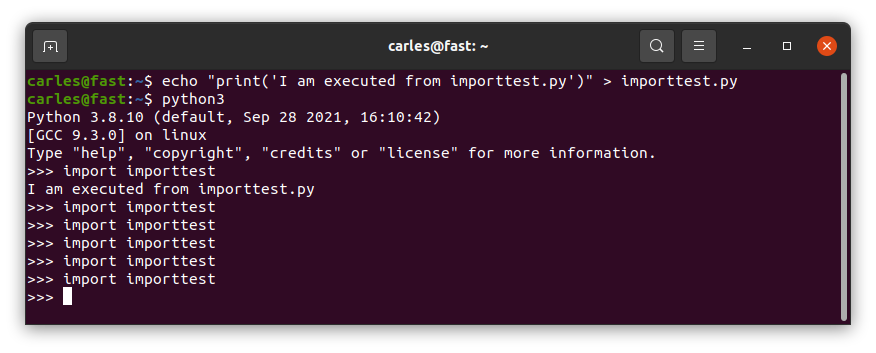
So don’t have code in the middle of them, outside functions/classes, unless you’re really know what you’re doing.
Define functions first, and execute code after if __name__ == “__main__”:
Take a look at this code:
def first_function():
print("Inside first function")
second_function()
first_function()
def second_function():
print("Inside second function")Well, this will crash as Python executes the code from top to bottom, and when it gets to first_function() it will attempt to call second_function() which has not been read by Python yet. This example will throw an error.
You’ll get an error like:
Inside first function
Traceback (most recent call last):
File "/home/carles/Desktop/code/carles/python_combat_guide/src/structure_dont_do_this.py", line 14, in <module>
first_function()
File "/home/carles/Desktop/code/carles/python_combat_guide/src/structure_dont_do_this.py", line 12, in first_function
second_function()
NameError: name 'second_function' is not defined
Process finished with exit code 1
Add your code at the bottom always, under:
if __name__ == "__main__":
first_function()The code inside this if will only be executed if you directly call this code as main file, but will not be executed if you import this file from another one.
You don’t have this problem with classes in Python, as they are defined first, completely read, and then you instantiate or use them. To avoid messing and creating bugs, have the imports always on the top of your file.
…Ellipsis
Today is Halloween and one of my colleagues asked me help to improve his Automation project.

I found something weird in his code.
He had something like that.
class Router:
def router_get_info(self):
...
def get_help_command(self):
return "help"
So I asked why you use … (dot dot dot) on that empty method?.
He told me that when he don’t want to implement code he just put that.
Well, dot dot dot is Ellipsis.
And what is Ellipsis?.
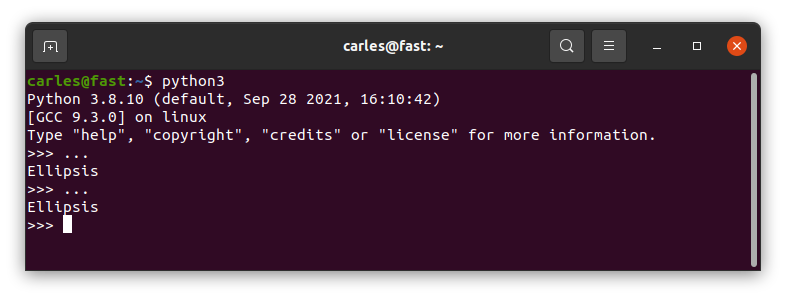
Ellipsis is an object that may appear in slice notation.
A good explanation of what is Ellipsis is found in this answer in StackOverflow.
In Python all the methods, functions, if, while …. require to have an instruction at least.
So the instruction my colleague was looking for is pass.
Just a variable?
In Python you can have just a var, without anything else, like no operation with it, no call, nothing.
This makes it easy to commit an error and not detecting it.
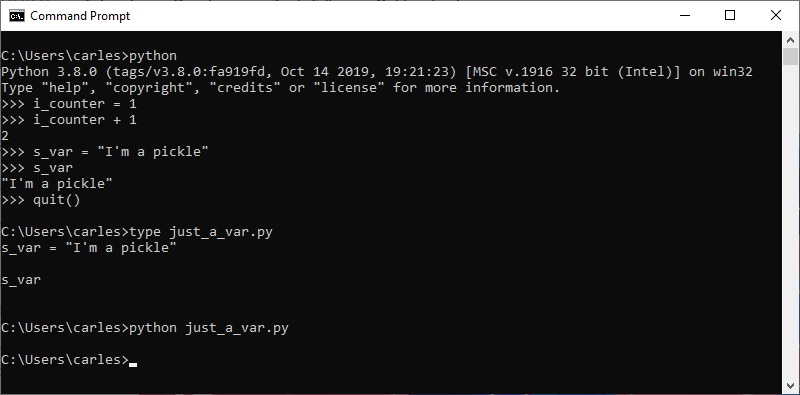
As you see we can have just s_var variable in a line, which is a String, and this does not raises an error.
If we do from python interpreter interactively, it will print the String “I’m a pickle” (famous phrase from Rick and Morty).
Variables are case sensitive
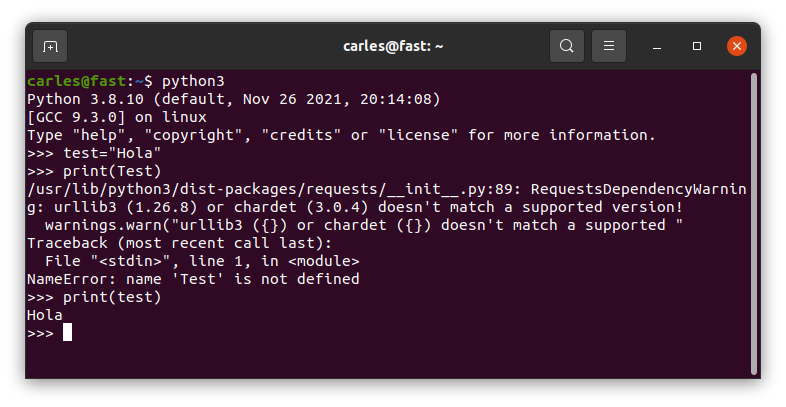

So you can define true false none … as they are different from True False None
Variables in Unicode
Python3 accepts variables in Unicode.
I would completely discourage you to use variables with accents or other characters different from a-z 0-9 and _
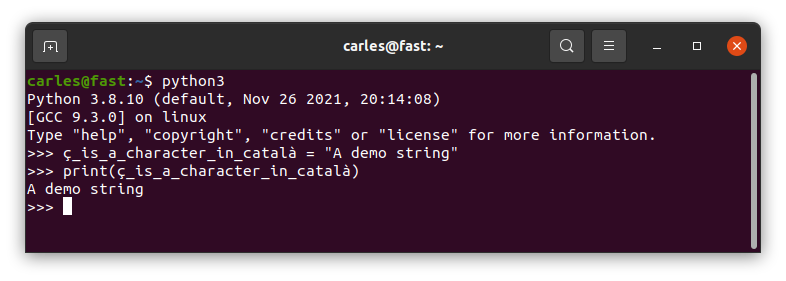
Python files with these names yes, but kaboom if you import them
So you can create Python files with dash or beginning with numbers, like 20220314_programming_class.py and execute them, but you cannot import them.
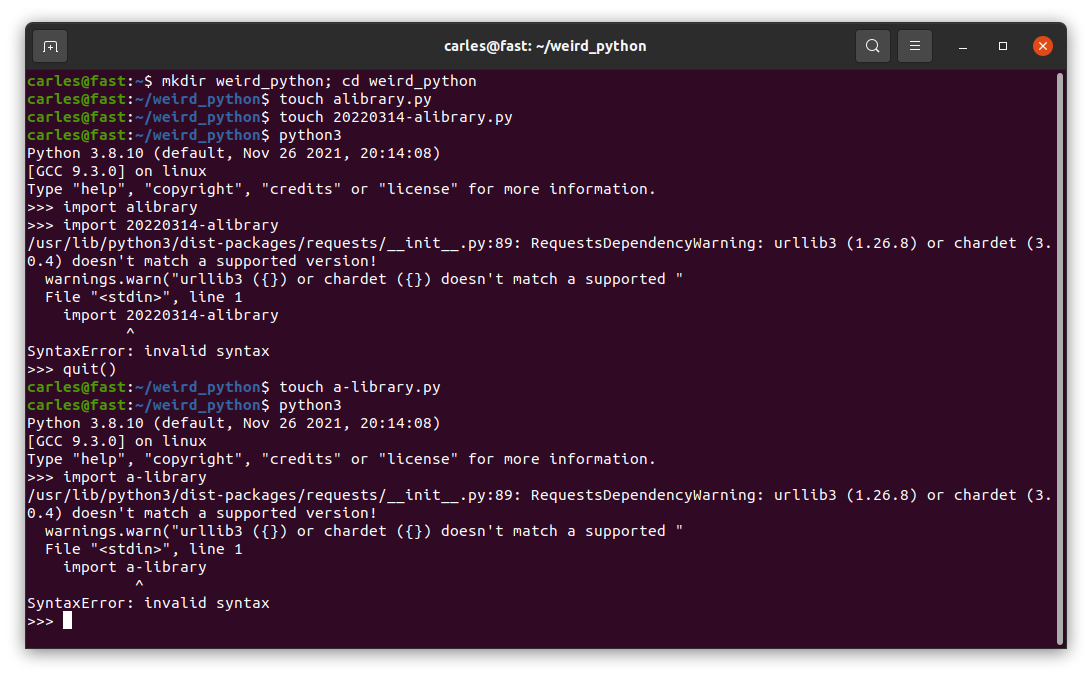
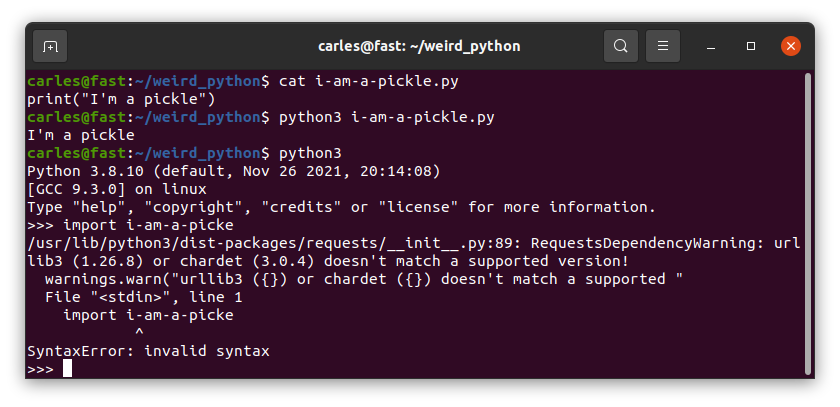

A Tuple of a String is not a Tuple, it’s a String
This can be very messy and confusing. Normally you define a tuple with parenthesis, although you can use tuple() too.
Parenthesis are the way we normally build tuples. But if we do:
print(type('this is a String'))
You get that this is a String, I mean
<class 'str'>
If you want to get a tuple of a String you can add a comma after the first String, which is weird. You can also do tuple("this is a String")
I think the definition of a tuple should be consistent and idempotent, no matter if you use one or more parameters. Probably as parenthesis are used for other tasks, like invoking functions or methods, or separating arithmetic operations, that reuse of the signs () for multiple purposes is what caused a different behavior depending on if there is one or more parameters the mayhem IMO.
See some example cases.
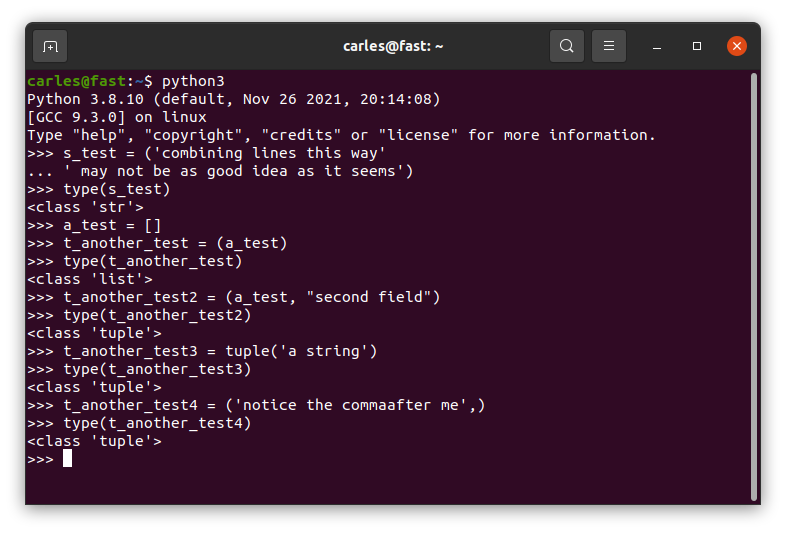

Python simplifies the jump of line \n platform independent and some times it’s messy
If you come from a C background you will expect text file in different platforms: Linux, Mac OS X (changes from old to new versions), Windows… to be represented different. In some cases this is an ASCii code 10 (LF), in others 13 (CR), and in other two characters: 13 and immediately after 10.
Python simplifies the Enter character by naming it \n like in C.
So, platform independent, whenever you read a text file you will get \n for any ASCii 10 [LF] or 13 [CR]. [CR] will be converted to [10] in Linux.
If you read a file in a Linux system, where enters are represented by 10, which was generated in a Windows system, so it has [CR][LF] instead of [LF] at the end of each line, you’ll get a \n too, but two times.
And if you do len(“\n”) to know the len of that String, this returns 1 in all the platform.
To read the [LF] and [CR] (represented by \r) you need to open the file as binary. By default Python opens the files as text.
You can check this by writting [LF] and [CR] in Linux and see how Python seamlessly reads the file as it was [LF].
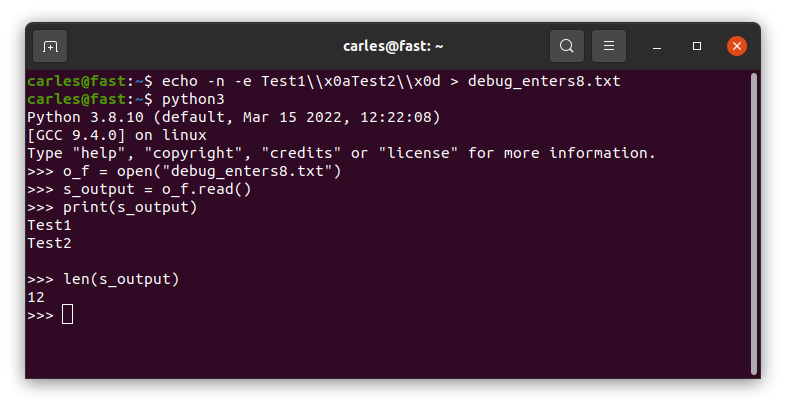
A file generated by Windows will get \n\n:
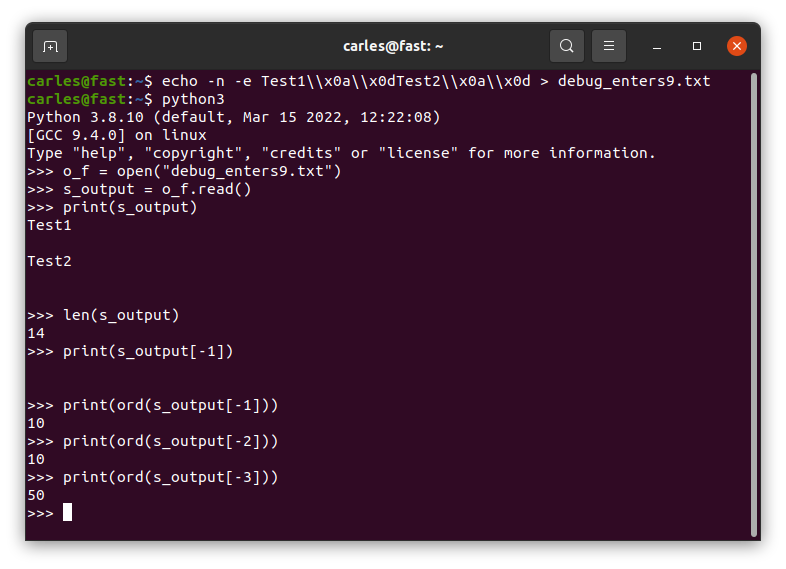
Random code when the class is imported
In a procedural file, the code that is outside a function, will be executed when it is imported. But if this file is imported again it will not be re-executed.
Things are more messy if you import a class file. Inside the body of the class, in the space you would reserve for static variables definition, you can have random code. And this code will be only executed on the first import, not on subsequent.
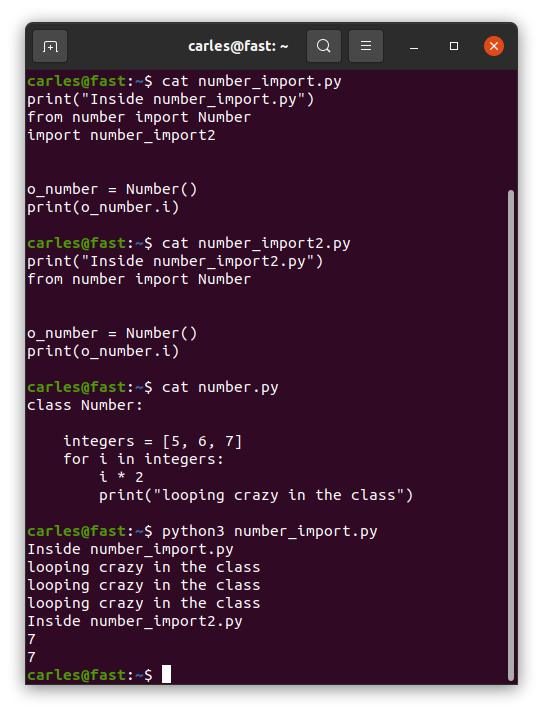

Disclaimer: the pictures from Futurama are from their respective owners.
Rules for writing a Comment